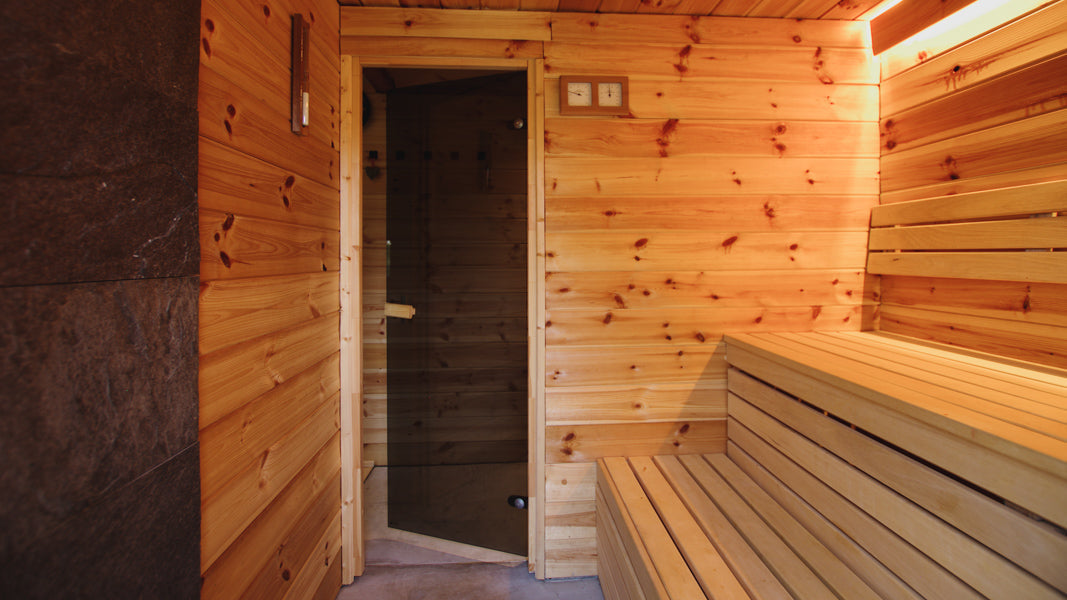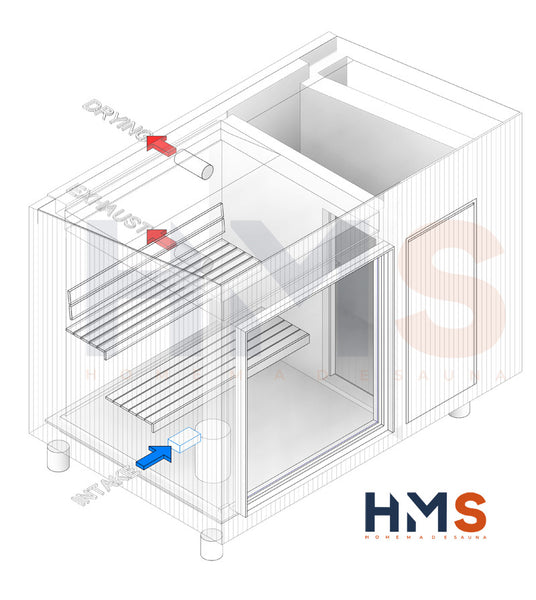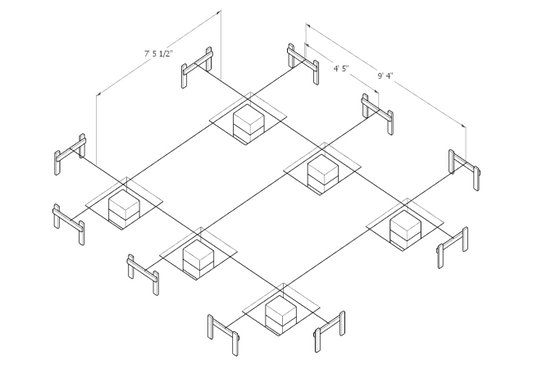
Sauna Ventilation - How to Get Good Quality Air?
Sauna Ventilation is one of the most crucial, but also the most overlooked part of proper finnish sauna design.
When we enter a sauna - the first thing that we feel is the sense of smell. We quickly get accustomed to the nice wooden smell. After that, we start noticing other qualities of air inside. Is it hot, humid? Let’s take a closer look at what makes air fresh.
Is the Air We Breathe Fresh?
We usually see outside air as ‘fresh’ but is it? Sauna use usually is focused around the colder winter months. During these months, atmospheric air tends to be more polluted than during summer months. This is because some households use solid fuel for heating . Good resource to check this is https://airly.org/map. If you live in an area with high air pollution, you might want to look into air purifiers or a HVAC (heating, mechanical, air conditioning) system that filters the air. There are also units with built in heating recovery, but to my knowledge they are not suitable for the sauna conditions.
When we look at the fresh air in Sauna context, it comes down to replacing used up air with fresh, external air. With this exchange, there comes a number of challenges. When we introduce fresh air into the sauna, it is colder than the air that inside. This can cause an unpleasant stratification. It means that the air is layered : hot air stays near the ceiling, while colder air is lower down close to the floor. The difference can be as high as 60 degrees Celsius. A good ventilation system can help in mixing the air so that it is more uniform.
Good ventilation also ensures that the sauna heater works as it should. Airflow directed at a heater helps to distribute the heat by convection. Before we jump to a detailed description of sauna ventilation types, we should look at one more important aspect of sauna ventilation.
Carbon Dioxide issue
Sauna ventilation should be designed in a way that allows air exchange: 'stale' air out and fresh air in. It is important, because in badly designed saunas we might feel light headed, not because of the temperature, but because of the CO2 buildup. Carbon Dioxide is measured in PPM or Parts Per Million. At the time of writing, the global atmospheric avarage carbon dioxide is at 414 PPM [1]
Glenn from a blog Saunatimes states that: “[…] sauna should have ventilation that results in CO2 remaining below 500 ppm but up to perhaps 700 is likely acceptable. Above 700 means that bathers are being negatively affected by bad air and the higher the CO2 level the greater the negative affect on bathers so over 700 should be avoided if possible.”[2]
Natural Sauna Ventilation

Oldest and most common type of ventilation. It uses a physical properties of air to move the air. Hot air that is lower pressure rises and moves to the exhaust, pulling in fresh air throught an intake. Make note of Pressure difference descibed above and prevailing winds on site, when choosing intake and exhaust positions.
Intake:
20cm to 60cm from the floor, or just below or just above the heater, on the same wall it is mounted on.
Exhaust:
Needst to be higher than intake. Below the upper bench is best but also can be placed above the bench for an easy access.
Drying:
The highest point on a wall, or in the ceiling of the sauna. Open/close latch should be used, because this opening should be used only when drying out the sauna after use.
Mechanical Sauna Ventilation

Better than gravitational ventilation as it allows for even heat distribution. Drawback are - requires more care when designing. The fan can cause ambient noise. Needs electricity to function.
Intake:
Above the heater
Exhaust:
Needs to be lower than intake. Below the lower bench is best.
Drying:
The highest point on a wall, or in the ceiling of the sauna.
Wood Fired Heater Sauna Ventilation
If you have a wood fired stove heating your sauna, the ventilation is aided by the stove. When the fire burns inside the stove, it draws air in thanks to the chimney. We only need to allow the air to get to the stove. If this air comes from inside of the sauna, then we have a forced air exchange. 1 kg of wood requires about 10m³ of air to burn, therefore the ventilation should provide sufficient air to accommodate it.
For the Wood Heaters which are fed from outside of the sauna: Since the air is probably supplied from the outside of the sauna, we need to approach ventilation like in Gravitational type or Mechanical type.
Which Ventilation to Choose?
If you want to have a proper sauna experience, make sure you choose a proper sauna ventilation type. For Electric Heater, choose either Mechanical or Gravitational type. For Wood Fired Heater chose a modified gravitational ventilation.
Ventilation in a sauna inside of a building
If your sauna is inside of a building, ventilate it to a room adjacent to the sauna ie. bathroom. If your house has a mechanical ventilation with heat recovery, you could supply fresh air in the ceiling of the sauna, and the exhaust could be below the bottom bench. This way you will avoid heat layering.
Sources:
[1] https://www.climate.gov/news-features/understanding-climate/climate-change-atmospheric-carbon-dioxide#:~:text=June 23%2C 2022-,Highlights,2021%3A 414.72 parts per million.
[2]https://www.saunatimes.com/sauna-information/sauna-ventilation-finding-good-pure-air/#:~:text=Ideally then a sauna should,should be avoided if possible.
Watch also our latest video about sauna ventilation on YT:




2 comments
2×2m sauna will need ad least 8kW heater. Have a look at this article: https://homemadesauna.com/en-pl/blogs/news/sauna-heater-guide
Sauna 2×2 mtr, how many KW of heater?
How abt the insulation on the walls and ceiling?